Hello everyone!
Unlike the main site, here you write material for your own people, for friends, for a narrow circle of those who know and are fond of one topic – Android.
Today I wanted to share with you my impressions of the camera Xiaomi Mi 6. Why exactly here? Since at the moment the firmware of the device is quite crude, it makes no sense to upload a full test of the Mi6 module on the 'main' one, but there is a desire to tell at least a little about the new product.
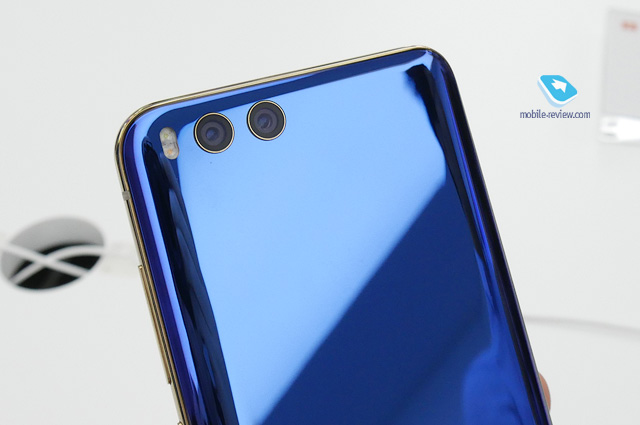
It's worth starting with the fact that Xiaomi followed the general trend of the end of last year and the beginning of this year – a double chamber. The implementation of such an idea is a controversial thing: those who almost do not use the camera or are simply calm about this topic do not care at all about the presence of the second module, but comrades who are addicted to a mobile camera are keenly aware of only one module in a modern device. I am one of such strange types. For example, now I am no longer considering buying a smartphone with one camera.
So, in Xiaomi Mi 6 there are two 12 MP modules on the back side. One is used as a 'width' (not entirely correct, but from the point of view of logic, this definition can be applied), and the second is a telephoto lens. While there are not very many similar solutions (Apple iPhone 7 Plus, Asus Zenfone Zoom), basically two eyepieces are used to blur the background (Huawei P10, UMI Z Pro, Honor 8 Pro, etc.), and LG has a real wide angle lens.
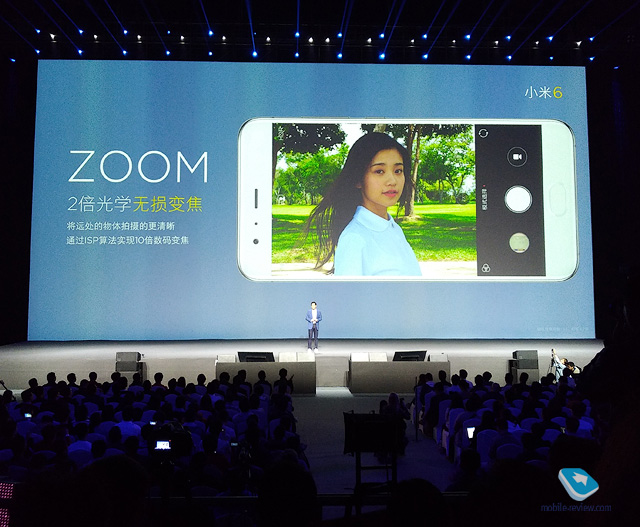
The main module of the Mi6 camera has an aperture of f = 1.8, and a tele one – f = 2.6. Apparently, at the moment it is problematic to make a 'bright' optics for a zoom lens, so only f = 2.6. The value is small: little light will enter, the ISO will increase, more noise will appear, the shutter speed will become longer – more blur. Main lens focal length – 27 mm, sensor size – 1 / 2.29 inches, pixel size – 1.25 microns; telephoto lens – 52 mm, sensor size seems to be the same, pixel size – 1 micron. Strange, but only the main module has optical stabilization, although it would be more logical to make it for the secondary one, because with increasing focal length the sensitivity to jitter is higher. In addition, there is phase focusing (again for the main camera).
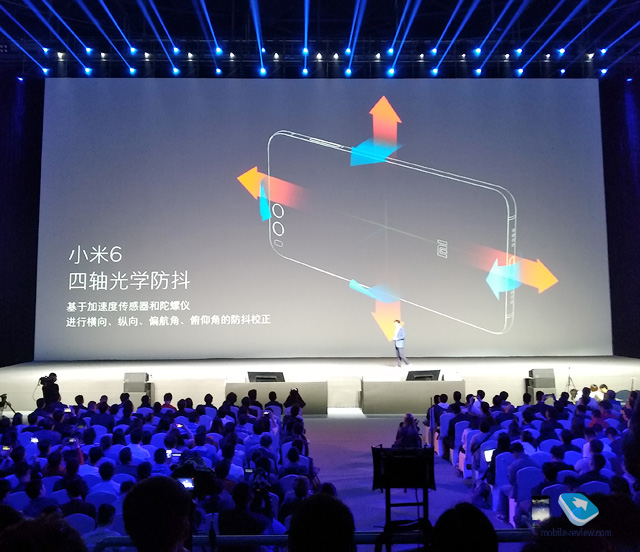
The main camera module is Sony IMX386, presented in the middle of last year. Meizu MX6 / Pro 6 Plus, Huawei Nova are equipped with this module. I can’t say that he is bad, but not a 'treadmill'. The telephoto lens module Xiaomi was chosen from Samsung – S5K3M3.
Photos in the afternoon
From the EXIF information, you can immediately notice that the shutter speed is doubled for a telephoto lens: 1/3400 sec versus 1/1600 sec. As you can see, in good lighting the ISO is about the same, there is no noise, there are few artifacts. The modules work out the white balance in different ways: for the main one in blue-red shades, and for the body – in yellow-green. In any case, the difference is noticeable: in telephoto, the detail is much better than if we cropped from the frame from the main camera, plus less distortion and distortion.

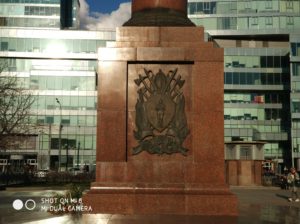


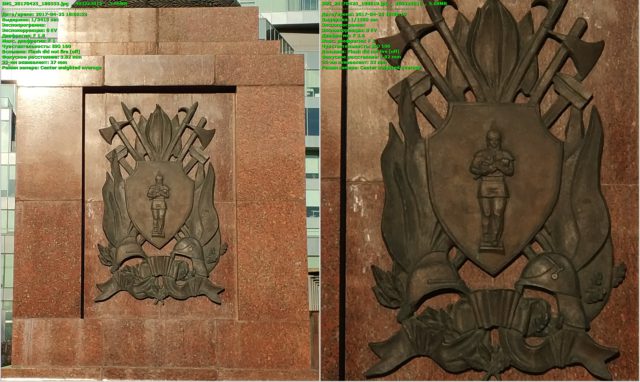
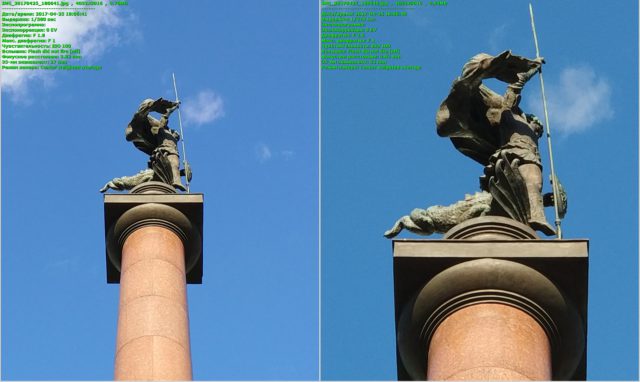
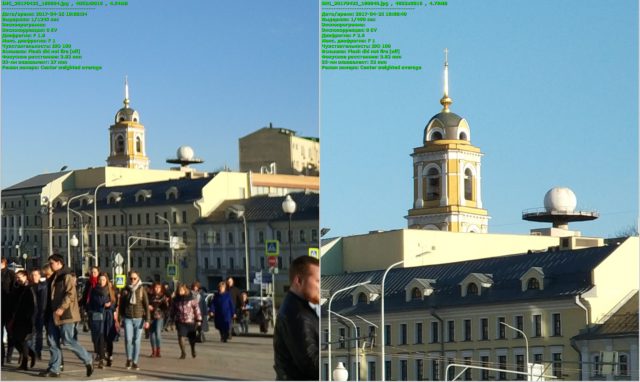
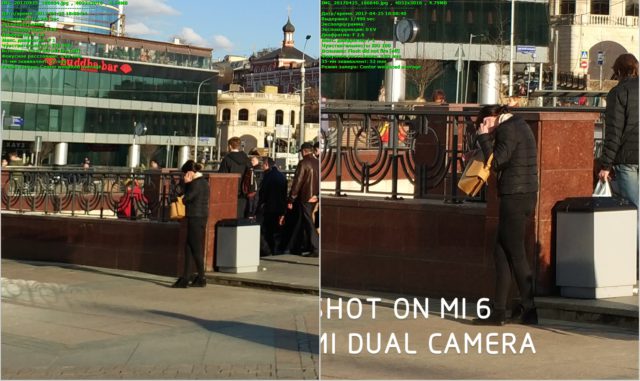
Premises (low light level)
Here, the software should work to its fullest, since the lighting is bad and something needs to be invented with ISO, shutter speed and shake suppression. As far as I understand, the developers decided to do this: slightly reduce the shutter speed, but increase the ISO – the picture will become slightly darker, there will be more noise, but the risk of getting a blurry frame will be minimized. Of course, in the case of telephoto, detail drops, artifacts appear, but this is inevitable.
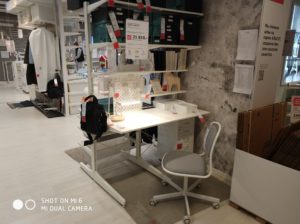
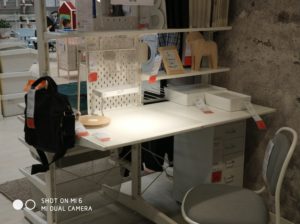
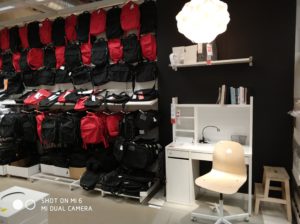
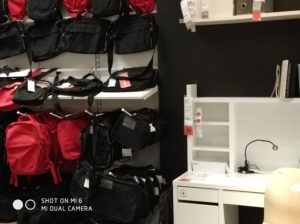
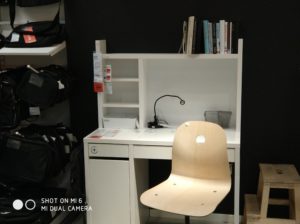

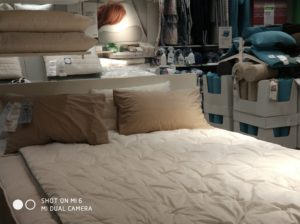
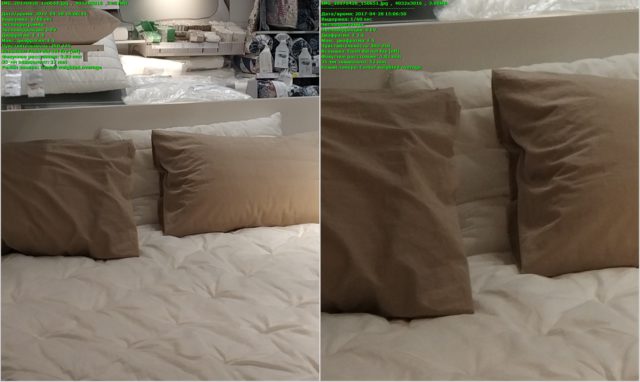
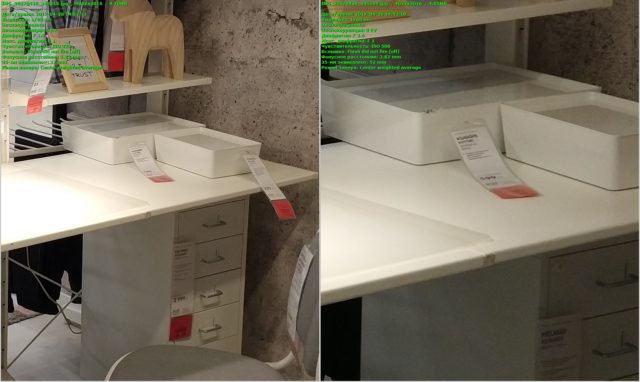
Night footage
In these lighting conditions, almost all devices, excuse the word, 'screw up'. Both lenses do not do very well: a lot of noise, a lot of compression artifacts, low details, and so on. Let's see what will be in the final software. At the moment, it is difficult to comment on night shots.
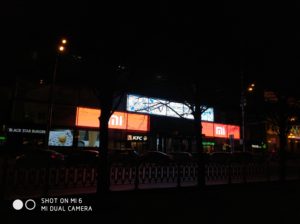
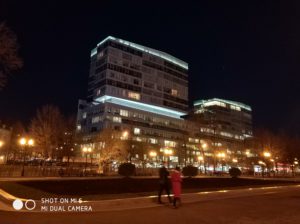
Blur the background
The most interesting topic for me. I shoot very often with the Huawei P9 Plus with a dual camera. There, background blur is based on the analysis of information from two cameras. Blurring can be adjusted, that is, it can be made either completely blurry, as at f = 1 (to make it clear, the equivalent of lenses on SLR cameras f = 1.8), or everything is sharp. I used to think that such a decision was some kind of stupidity, now I almost can't do without frames with beautiful bokeh. Of course, this does not always work correctly, but you can get used to it.
In Xiaomi Mi 6, the degree of blur cannot be adjusted, which is not very interesting. However, in Asus Zenfone 3 Zoom there is no depth effect at all, which is even sadder.
Photos on Mi6 are interesting from an artistic point of view, that is, you have the right to focus on certain points, as when shooting with a DSLR. Again, you need to have a little skill in shooting with this effect, otherwise the photos will come out terrible.

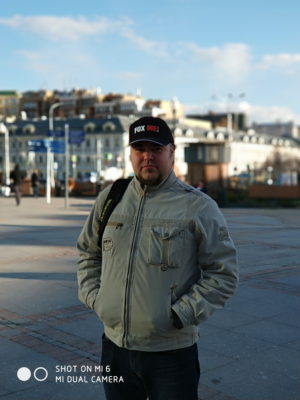
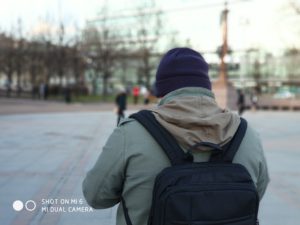
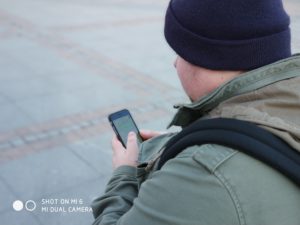

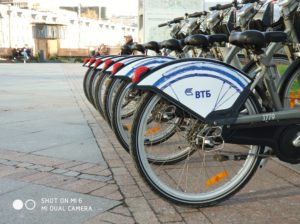
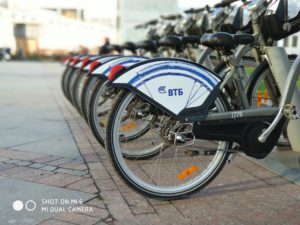
In conclusion, I would like to ask you, dear readers, how much you personally need two cameras, and if you still need it, what do you prefer: a wide angle or a telephoto lens?
- Download original photos
